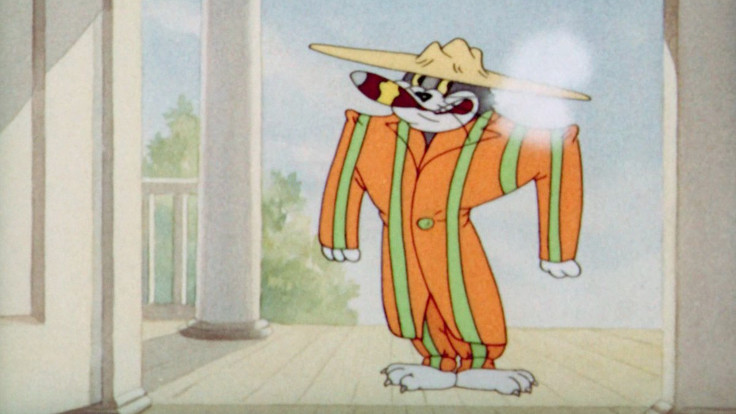Professional Experience
Senior Software Engineer
Xander | Nov. 2023 - Present
- Lead developer creating AI/AR smart glasses for real-time multilingual captioning, featuring an embedded Recurrent Neural Network (RNN) transducer for speech-to-text and real-time audio processing, Dart/Flutter frontend, and Microsoft Azure integration for cloud processing and analytics. Leading development of new hardware products.
- Led the implementation of features and optimizations that reduced word-error-rate by 8% and device temperature by 5°C, enabling direct-to-consumer pre-orders, expanding partnerships, and securing $3.2M in Series B funding.
- Managed a team to develop a mobile app in Flutter, from requirements and UI/UX design to deployment on the Apple App Store and Google Play Store, including a custom BLE communication protocol and GATT service.
- Presented the capabilities of the product to thousands of attendants of the Consumer Electronics Show (CES) in Las Vegas, resulting in us being honored with the 2024 and 2025 Innovation Awards and featured on the TODAY Show.
Software Engineer
Mikucare | Mar. 2022 - Nov. 2023
- Member of a team of engineers that developed embedded software for an AI-enhanced smart baby monitor.
- Led the development of new algorithm features utilizing sensor fusion and computer vision techniques to identify the sleep, respiration, and movement patterns of over 30,000 infants.
- Worked in tandem with Machine Learning experts to handcraft and integrate a model capable of detecting the presence of a child in a crib based on collected customer data to facilitate optimal performance of the respiration analysis, in combination with a highly scalable multithreaded analysis model to process over 45,000 hours of resulting camera data
Software Engineer
Peraton Labs | Nov. 2019 - Mar. 2022
- Member of an Agile team of engineers developing and maintaining the real-time object tracking and trajectory estimation software for a Counter-Unmanned-Aircraft-System (C-UAS) program at the US Army CCDC-AC: Weapons and Software Engineering Center in C++17. Maintained Secret security clearance.
Firmware Engineer
Crestron Electronics | Jan. 2018 - Nov. 2019
- Developed C firmware for SHARC DSP’s, implementing audio processing algorithms like line/acoustic echo cancellation, delay-and-sum beamformers, and fixed/adaptive filter design for new Unified Communications (UC) products.

